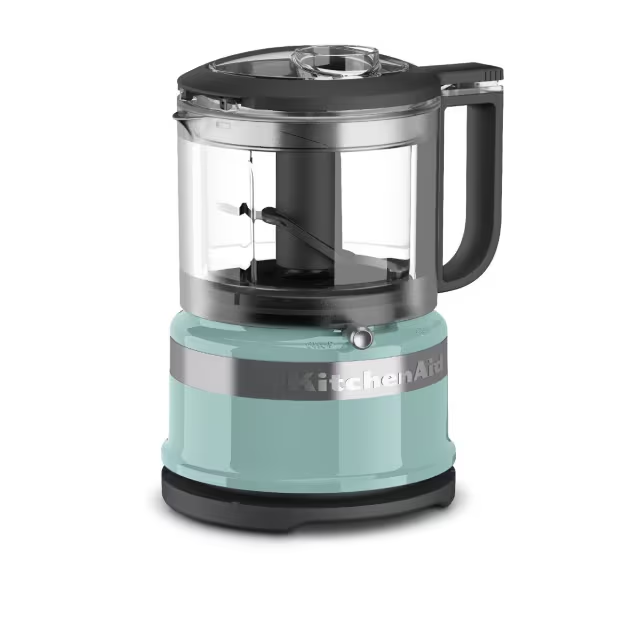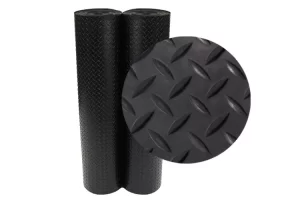
When choosing an E12 bulb for a particular application, there are several factors to consider. The most important of these is the wattage of the bulb. The wattage will determine how bright the light will be, which is important for both safety and aesthetic reasons. Different types of bulbs have different wattage ratings, so it is important to choose one that is appropriate for the application. It is also important to select a bulb that is appropriate for the voltage of the circuit.
Wattage
E12 bulbs come in different wattages, ranging from 5 watts to 60 watts. Consider the amount of light you need in the room where the bulb will be installed and choose a wattage accordingly. A higher wattage bulb will provide brighter light, but also consume more energy.
Bulb type
E12 bulbs are available in different types, including incandescent, halogen, and LED. Incandescent bulbs are the traditional option, but they are not energy efficient and have a shorter lifespan. Halogen bulbs are slightly more energy efficient than incandescent bulbs, but they are still not as efficient as LED bulbs. LED bulbs are the most energy efficient and have the longest lifespan

Color temperature
E12 bulbs are available in different color temperatures, which affect the color of the light emitted. Cool white light (4000-4500K) is ideal for task lighting, while warm white light (2700-3000K) is best for creating a cozy atmosphere in living spaces.
Dimmability
If you plan to install your E12 bulbs in a room with a dimmer switch, make sure to choose bulbs that are labeled as dimmable. Not all bulbs are compatible with dimmer switches, so it’s important to check before making a purchase.
By considering these factors, you can choose the right E12 light bulbs to meet your needs, whether you need to brighten up a room or create a warm, cozy atmosphere. Remember to check the product specifications carefully before making a purchase to ensure that the bulbs you choose are compatible with your fixtures and dimmer switches, if applicable.
Here are the steps to install an E12 bulb:
- Turn off the power supply and allow the bulb to cool down
Before you begin the installation process, turn off the power supply to the fixture where the E12 bulb will be installed. This is important to prevent any electrical shock. Additionally, if the bulb has been in use, wait for it to cool down before attempting to replace it. Remove the lamp cover or lamp housing, depending on what your lamp looks like.
- Remove the light fixture cover or housing
To access the bulb, remove the light fixture cover or housing. Depending on the type of fixture, this may require unscrewing a few screws, prying open clips or gently pulling the cover off. Gently insert the E12 bulb into the socket and turn the bulb slightly by hand until it fits snugly in place.
- Inspect the socket
Inspect the socket where the E12 bulb will be installed. Ensure that there is no debris or dirt present that may affect the contact of the bulb with the socket.
- Insert the E12 light bulb into the socket
Gently insert the E12 light bulb into the socket, making sure that the bulb is straight and aligned with the socket. Apply gentle pressure to push the bulb in until it is fully seated. Avoid using too much pressure as this may damage the bulb or socket.
- Turn the bulb clockwise to secure it in place
Once the E12 light bulb is inserted into the socket, gently turn it clockwise to secure it in place. The bulb should feel snug, but not too tight. Avoid over-tightening the bulb as this may damage the socket.
- Reattach the light fixture cover or housing
Once the bulb is secured in place, reattach the light fixture cover or housing. Ensure that it is properly aligned and attached securely.
- Turn on the power supply and test the bulb
Turn on the power supply to the light fixture and test the E12 bulb to ensure that it is working properly.







